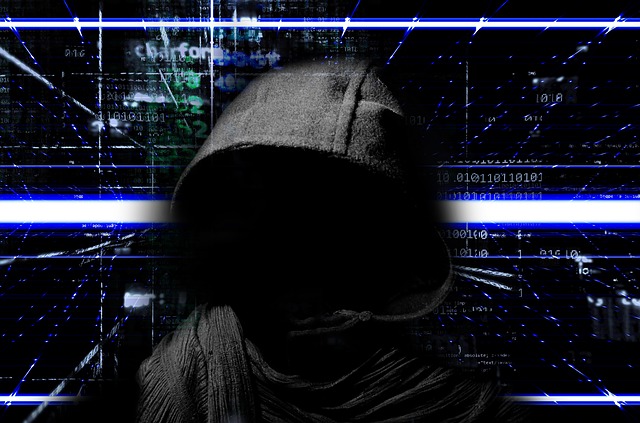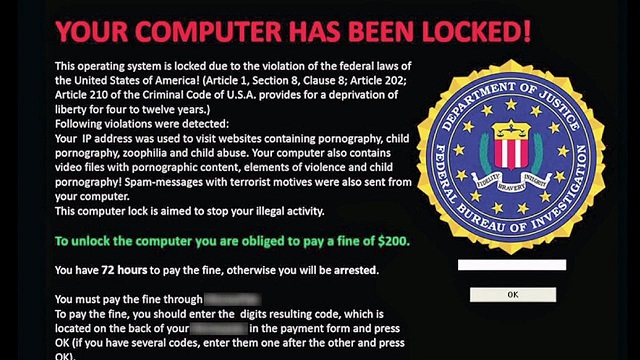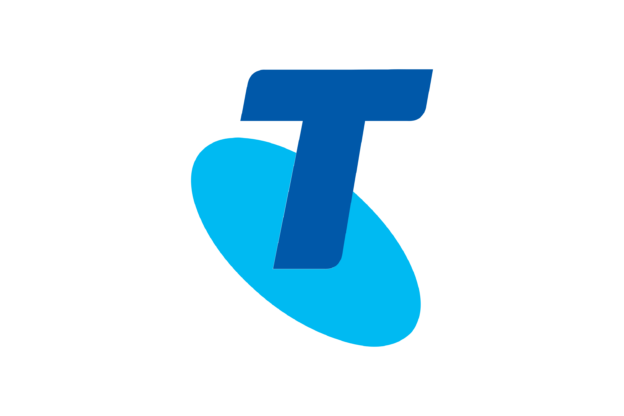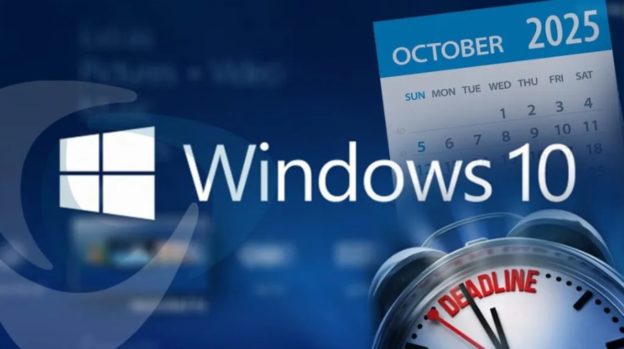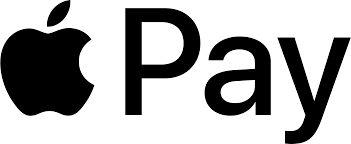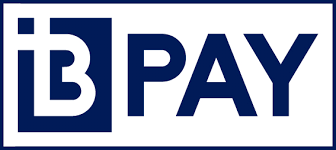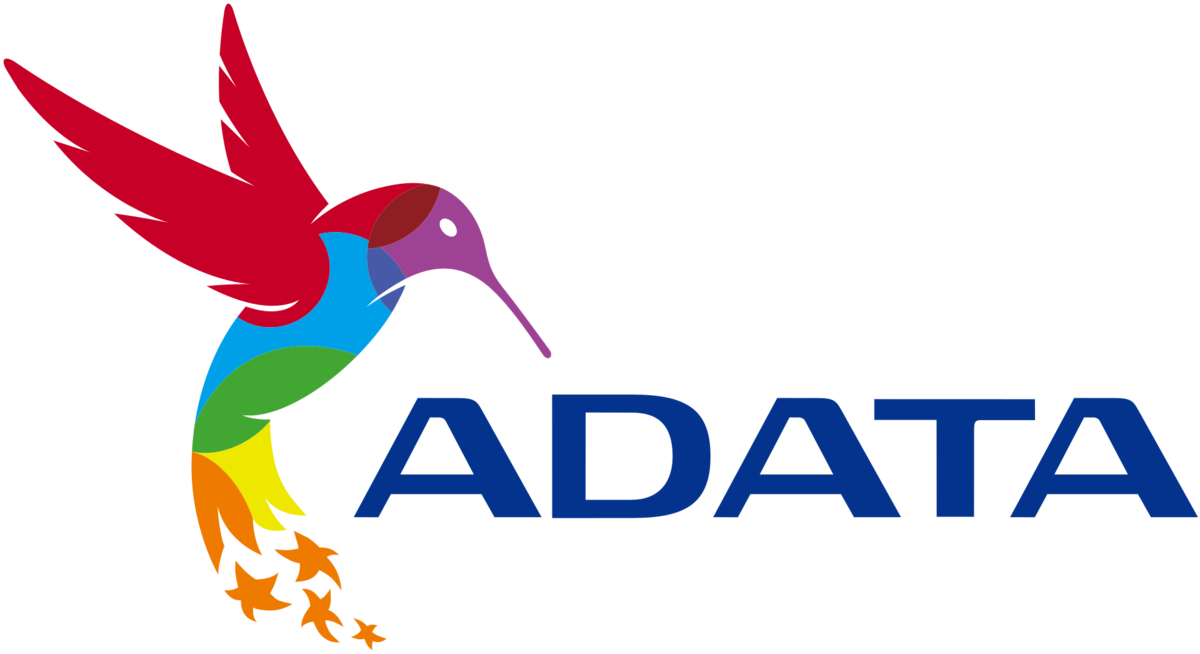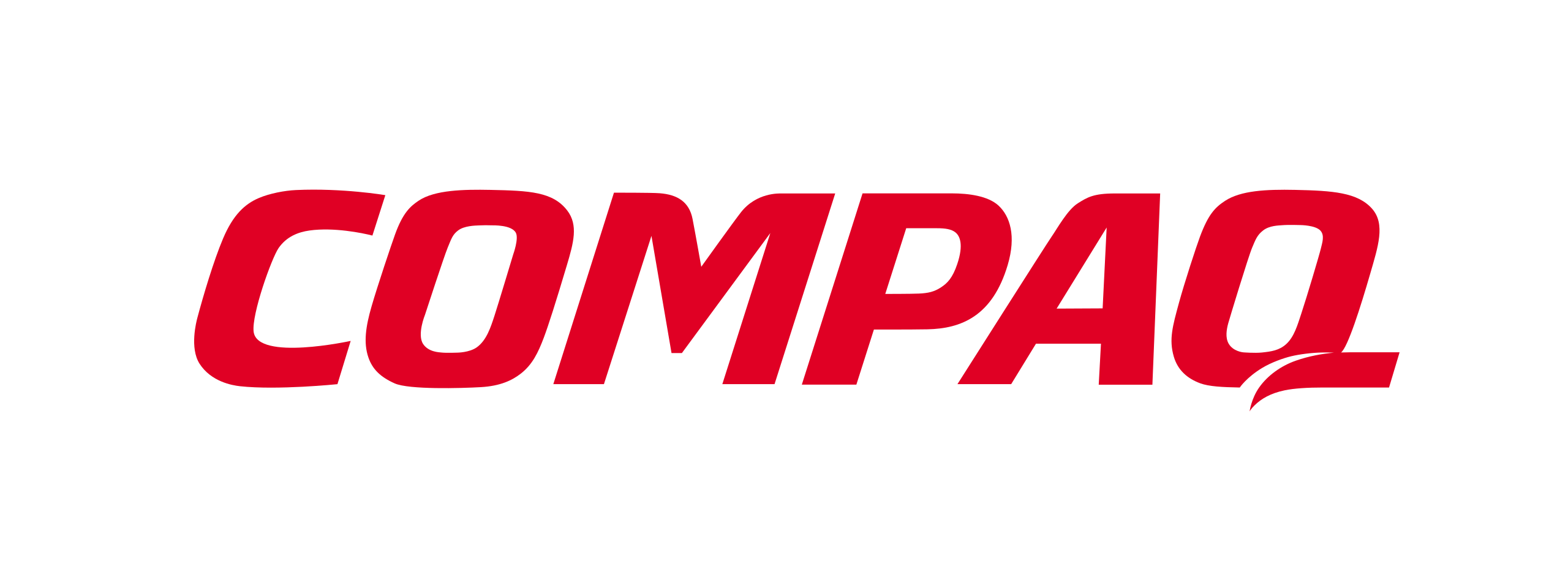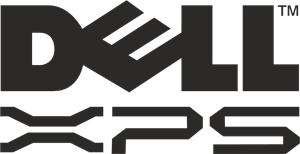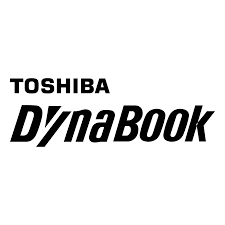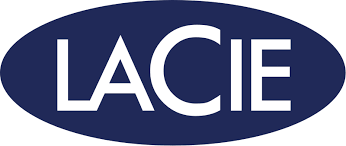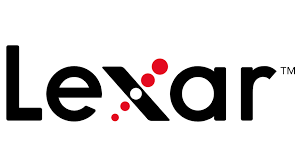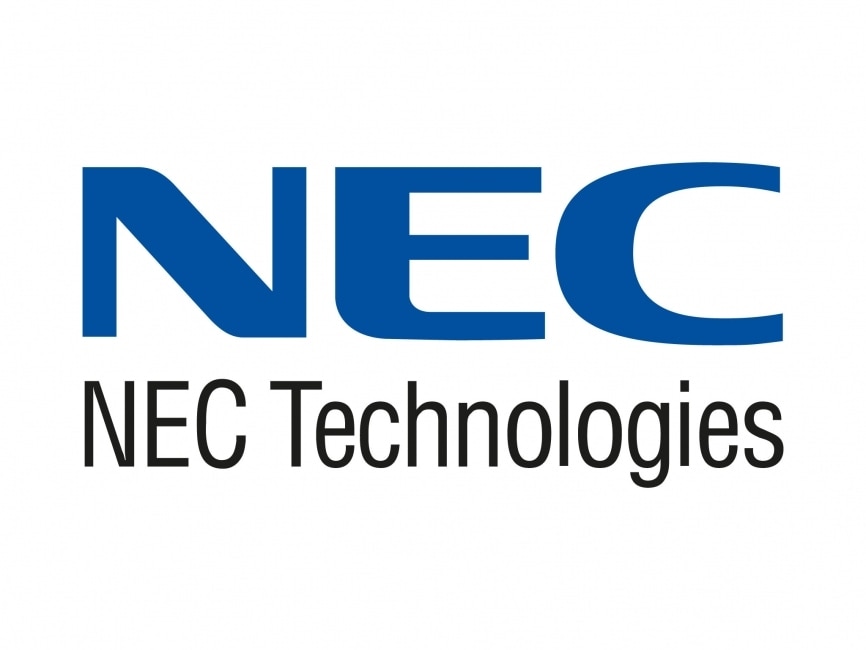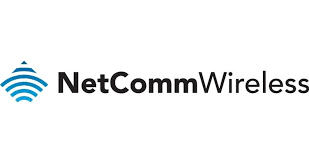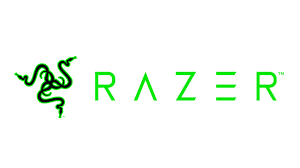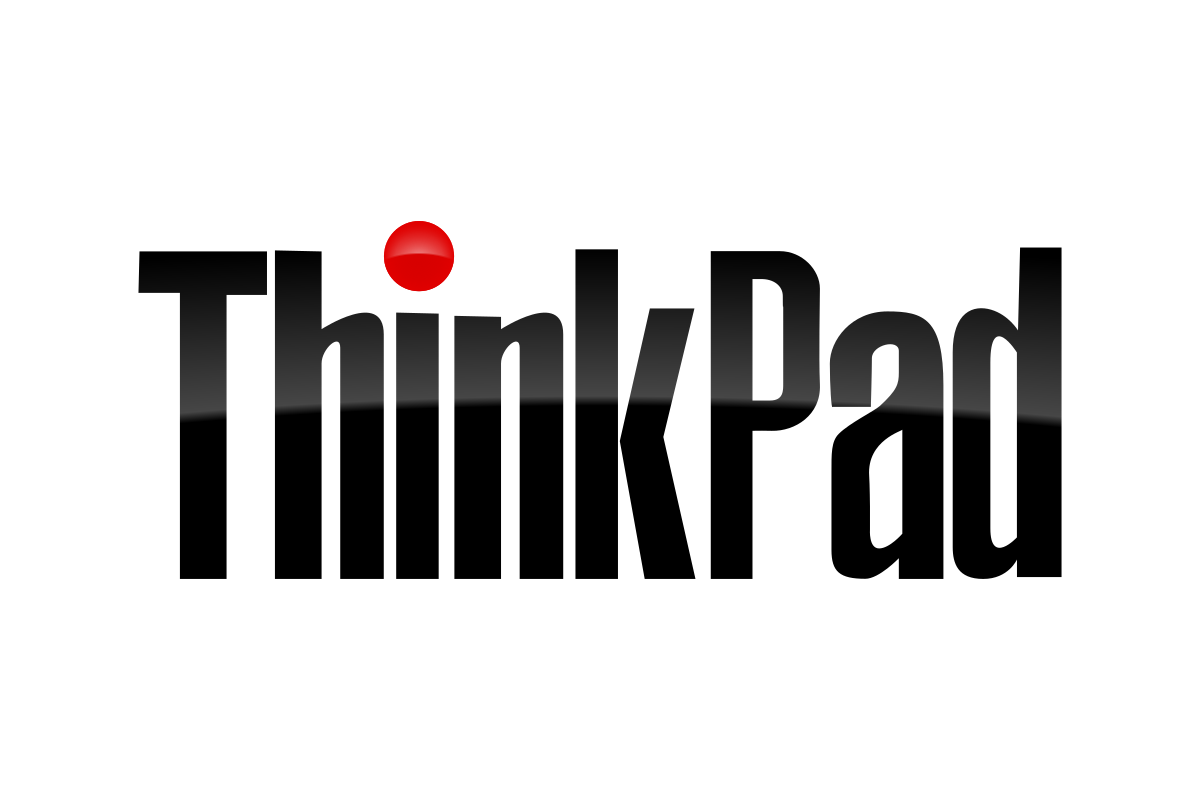Must Know Ransomware Trends And Forecasts for 2017
The world is experiencing cyber attacks from a malware known as ransomware which is holding individuals and businesses to ransom. Ransomware is a type of malware which locks up your data and demands victims to pay a ransom for their release. According to security experts, ransomware is expected to dominate in 2017 more than the previous years. In 2016, ransomware grew in popularity with many businesses experiencing data theft as a result of this malware.
Credit: Pixabay
Biggest Cyber Attack in History
On May 12th 2017, the world experienced the biggest cyber attack in history, bigger than even the Dyn DDoS. Behind this cyber attack which affected big organisations in Europe was a ransomware called WannaCry. During the first few hours of the attack, approximately 200,000 computers were infected. Among those infected by the malware were Renault and NHS. According to reports, hackers behind WannaCry only made $50,000 from the cyber attack which affected 150 countries. The reason for this small payment is because victims are not aware how to pay ransom using Bitcoins. The attackers demand payment through Bitcoins because crypto-currency is difficult to track down.
What is Ransomware?
Ransomware is a sophisticated type of malware which prevents or locks user’s system and threatens to publish or delete the data until a sum of money is paid. Today, we have two types of ransomware; encrypting ransomware and locker ransomware. Encrypting ransomware uses advanced encryption to block users from accessing their files and systems and demands victims to pay a ransom for a decryption key. Examples include CryptoWall and Locky. Locker ransomware is a malware that locks users from their system and files. In this case the system is not encrypted, but is locked. The cyber attackers will demand a ransom to release the data.
Expect ransomware attacks to continue even if the volume dips this year
The last two years have seen a growth in cyber attacks as a result of ransomware. The trend is unlikely to change in 2017. Most of the ransomware attacks targeted individuals, but organisations have also become victim to these data theft. In 2016, businesses were three times attacked by the malware compared to individuals who were attacked two times. Cyber attackers will target businesses in 2017 because that is where they make more money.
Email attachment infection will be common in 2017
Email attachment is the most important platform for ransomware attackers because it goes largely undetected. Using advanced phishing tactics, cyber attackers can trick victims and steal their data, demanding a ransom for their release. In 2016 these payment loads were hidden in Microsoft Office macros and JavaScript. According to the analysis done by Proofpoint, 96 percent of email phishing used these two types of attachment. Hence it is expected email attachment will continue to be used by ransomware attackers in 2017.
New type of ransomware will be released in 2017
In 2017, we will not see a decrease in variants of ransomware. Based on 2016 figures of ransomware variants, which saw an increase from 11 times to 30 times, expect ransomware to increase this year. Last year, ransomware attackers made $1 billion from victims. Therefore, cyber attackers will not slow down with ransomware variants in 2017.
Rates of ransomware infection will improve when backup data fail
The reason why ransomware attacks have not enjoyed much success in terms of money paid is because the victims are backing up their data. Therefore, they would not give in to ransom when they have the same data backed up in another system. With reports showing close to 75% of organisations targeted by ransomware have no security in place to prevent the data theft, businesses should consider backing up their data regularly. The problem with back up as a last resort is that victims of ransomware don’t fully recover their stolen data. This might lead to victims paying ransom to recover the remaining data.
If people continue to pay ransom ransomware attack will continue to grow. In 2015 and 2016 we experienced a growth in these attacks and 2017 will see more creative ransomware attacks. For you to mitigate these attacks you need to do the following:
-
- Make sure you quarantine any email attachment you receive that has a script file. Also to make sure that you scan any emails you receive for suspicious.
- Keep your web browser, including plug-ins like Adobe Flash are updated regularly.
- In case browser plug-ins are not needed for business purposes, do uninstall them and prevent users from reinstalling the same.
- Disable macros for Microsoft Office by default and enable it for users who only need macros.
- Backup your data regularly.
Written by The Original PC Doctor and posted on Jun 28, 2017.




